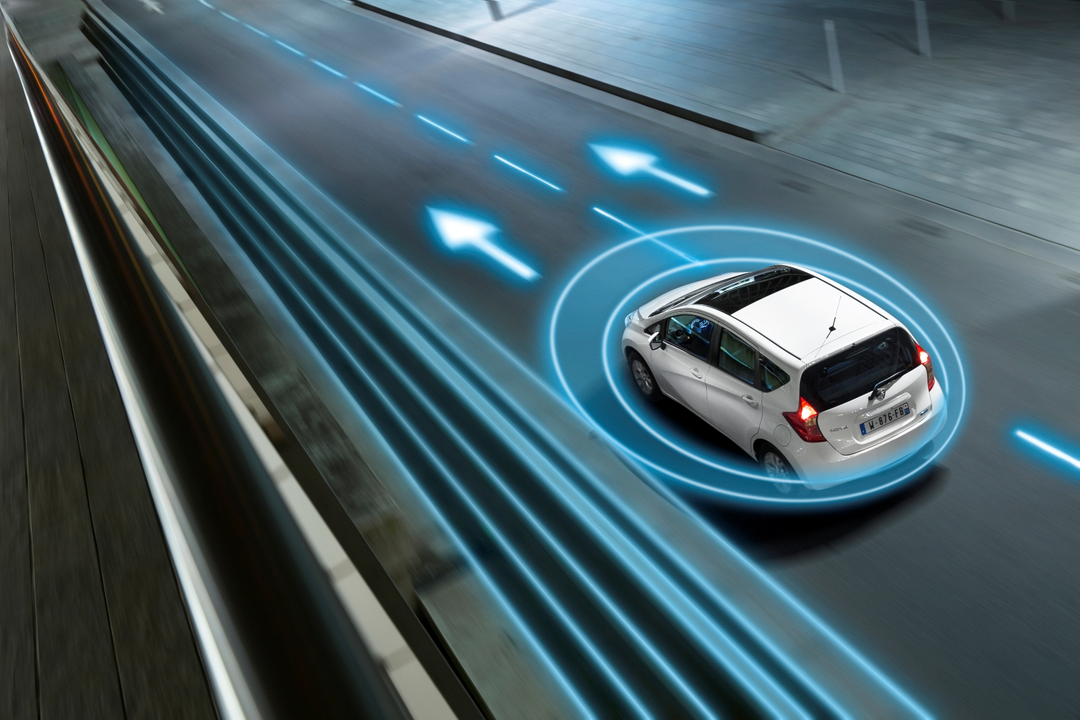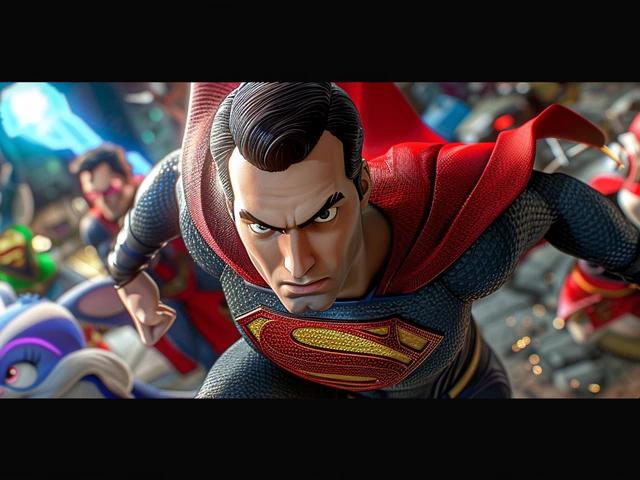Danger in Motorsports – What Makes It Thrilling and How to Stay Safe
If you love the roar of engines and the sight of cars screaming around a track, you already know that danger is part of the appeal. But that danger isn’t just for show – it can be real, and knowing the risks helps you enjoy the sport smarter.
First off, the most obvious danger comes from speed. A MotoGP bike hits 200 mph, and the rider is only protected by a suit and a helmet. Compare that with a Formula 1 car, where the driver sits inside a carbon‑fiber cocoon. The difference in protection is huge, and it’s why many say MotoGP feels riskier. The lack of a hard shell means a crash can mean broken bones or worse, while F1 drivers benefit from a surrounding structure that absorbs impact.
Why Street Racing Is a Bad Idea
Street racing looks exciting in movies, but the reality is far from glam. Racing on public roads means you’re dealing with pedestrians, traffic signs, and surfaces that aren’t built for high‑speed grip. The danger isn’t just to the racers – it’s to anyone nearby. That’s why authorities crack down hard on illegal events, and why safety gear alone won’t make a street race any safer.
If you crave the rush, look for organized track days. Those events give you a controlled environment, safety marshals, and proper barriers. You still get the adrenaline, but you cut out the biggest hazards.
Unrestricted Races – Fun or Foolish?
Imagine a race where any vehicle can join – sports cars, trucks, electric cars, even self‑driving bots. It sounds wild, and in a way it is. The variety would make for a spectacle, but mixing wildly different performance levels creates unpredictable gaps and collisions. Without strict rules, the safety crew would be overwhelmed.
That’s why most series set clear limits on weight, power, and tech. It keeps competition fair and, more importantly, keeps drivers out of harm’s way. If you ever see a “no‑restriction” event advertised, check the safety protocols first – are there proper barriers, medical teams, and track inspections?
Now, let’s talk about what you can do if you’re a fan or an amateur racer. Wear a certified helmet, get a good suit, and never skip a pre‑race safety check. Even if you’re just watching, follow the venue’s rules, stay in designated areas, and keep a safe distance from the track. Those simple steps can protect you when the action gets intense.
Finally, remember that every dangerous sport has a community working to make it safer. From the FIA’s safety car rules to MotoGP’s airbag suits, innovation keeps the thrill alive while reducing injuries. Keep an eye on those advances – they often trickle down to amateur events, giving you better protection without losing the excitement.
So, whether you’re debating if MotoGP is scarier than F1, curious about the limits of street racing, or just love the idea of an unrestricted race, the key is knowledge. Understanding the risks, using the right gear, and supporting safety initiatives means you can enjoy motorsports without unnecessary danger.

In recent discussions, I've noticed that many people believe automotive racing is extremely dangerous. However, after delving deeper into the topic, I discovered that safety measures have significantly improved over the years, reducing the risk of accidents and fatalities. Technological advancements and stringent regulations have also played a significant role in making the sport safer for participants. While there is always an inherent risk in racing, it's important to remember that the sport has evolved and become safer over time. Let's not forget the passion and dedication of the racers, who continuously train and adapt to minimize risks and perform their best on the track.
Maverick Kincaid May 5, 2023



